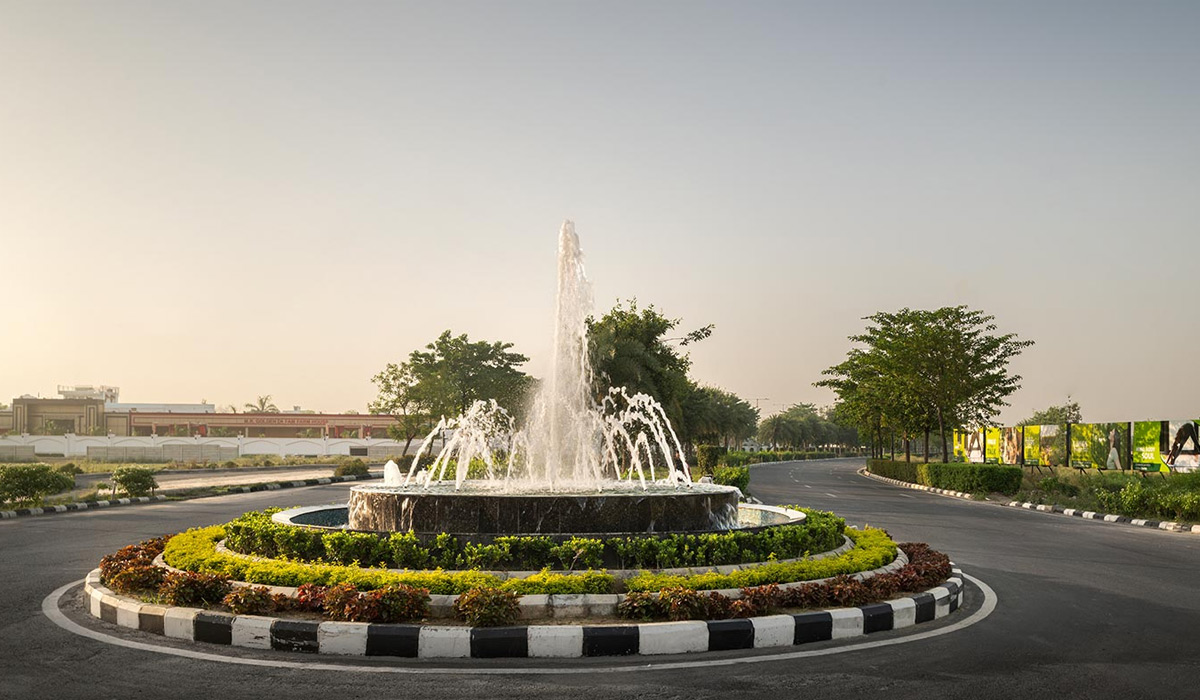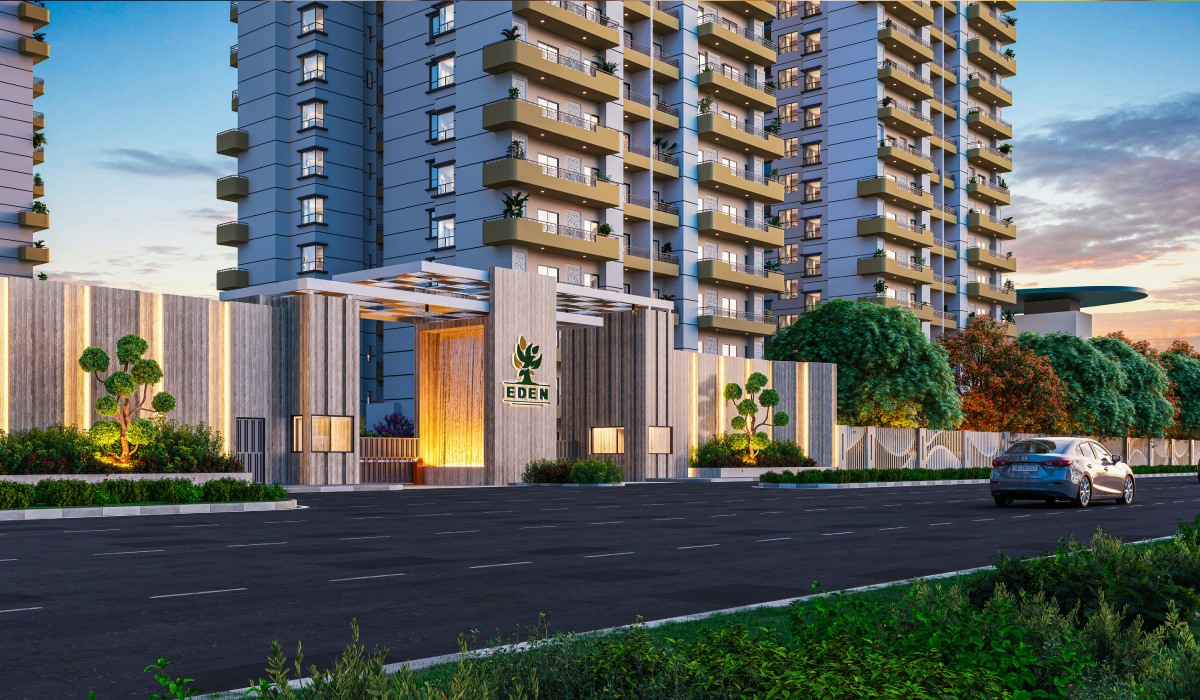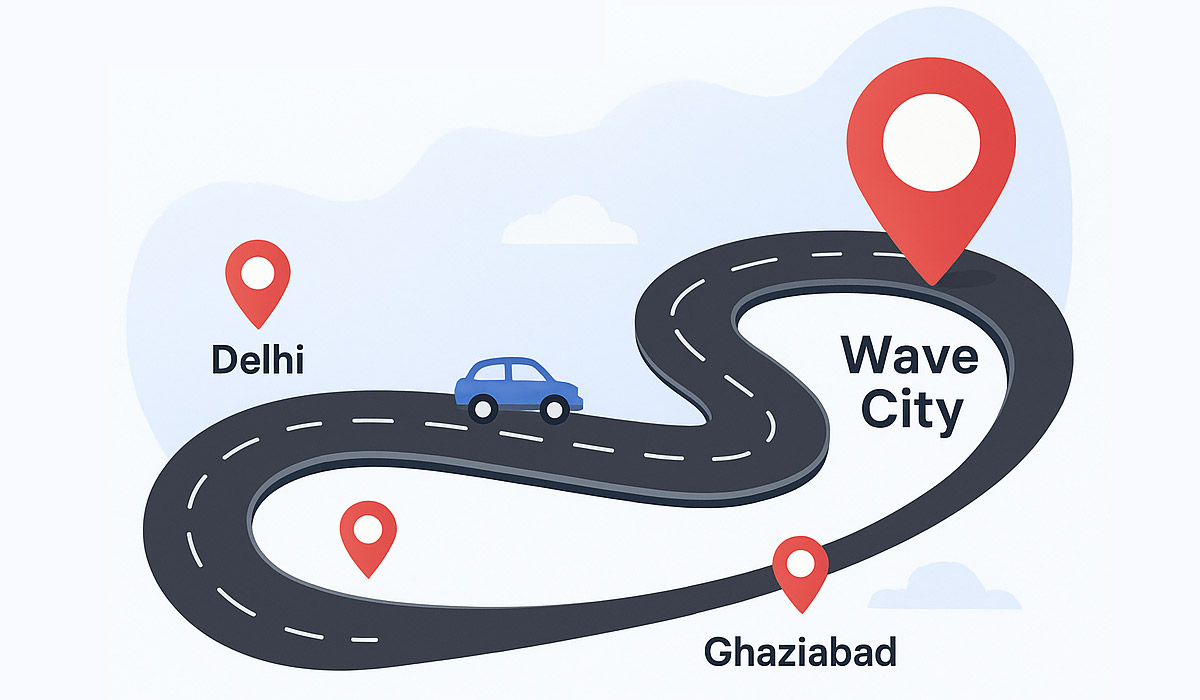
In an era where urban living is defined by comfort, convenience, and sustainability, Wave City Ghaziabad emerges as a pioneering model of smart infrastructure and sustainable urban planning. Situated along NH-24, this futuristic township is not just about residential and commercial buildings—it’s a vibrant, interconnected ecosystem driven by technology, efficiency, and environmental responsibility.
This blog explores the key pillars that make Wave City stand out as one of the most advanced smart cities in India, with a strong focus on infrastructure, sustainability, and community engagement.
1. Smart Water Management: The Cornerstone of Sustainable Living
Wave City’s Water Management System sets a benchmark for efficient and sustainable water usage. By using underground bore wells, advanced filtration systems, and PLC-based monitoring, the township ensures uninterrupted access to clean and safe potable water.
Moreover, treated wastewater from Sewage Treatment Plants (STPs) is repurposed for irrigating parks and green areas. This not only reduces dependence on groundwater sources but also promotes a circular water economy. The integration of 11 magnetic flow meters and 2 Piezometers allows for real-time data collection and usage analysis, ensuring minimal water wastage.
2. Rainwater Harvesting and Stormwater Drainage: Closing the Loop
One of the critical challenges urban areas face is waterlogging and depletion of groundwater. Wave City addresses this with a dual approach—an advanced Stormwater Drainage System and a robust Rainwater Harvesting infrastructure.
With 44 rainwater harvesting pits, rooftop runoff is efficiently captured and directed back into the ground, aiding groundwater recharge and preventing urban flooding. This not only enhances water availability but also makes the urban water cycle more resilient and sustainable.
3. Efficient Sewerage System: Treat, Reuse, Recycle
Wave City employs a decentralized approach to sewage management, with a STP. The treated water is again used for landscape irrigation, supporting the city’s goal of zero liquid discharge. This eco-conscious model reduces environmental impact and exemplifies smart waste-water reuse.
4. Solid Waste Management: From Waste to Resource
The city follows a comprehensive solid waste management strategy involving segregation, composting, and environmentally responsible disposal. Equipped with an organic waste converter, the system converts biodegradable waste into compost, which is then used in green spaces.
The door-to-door waste collection system emphasizes community participation, making residents active stakeholders in sustainability.
5. Smart Lighting Systems: Bright Ideas for Energy Savings
Wave City's smart street lighting system is a major step towards energy efficiency and carbon footprint reduction. Integrated with motion sensors, LED lights, and a Centralized Streetlight System (CSS) connected via SCADA technology, the lighting adjusts based on ambient light and movement.
This automation not only conserves electricity but also drastically cuts costs and emissions by ensuring lights are active only when necessary. This is an excellent example of how IoT in smart cities can lead to significant environmental benefits.
6. Dedicated Fiber Optic Network: The Digital Backbone
With a 50 km dedicated fiber optic network, Wave City is truly wired for the future. This high-speed network forms the backbone for smart city services, including:
- Real-time traffic monitoring
- Surveillance and security systems
- Utility usage analysis
- Smart grid and energy management
From seamless internet access to the remote monitoring of public utilities, this network enables data-driven governance and improved quality of life.
7. Community Engagement: Sustainability from the Ground Up
What truly sets Wave City apart is its commitment to community involvement. Residents are encouraged to participate in waste segregation, responsible water usage, and green living practices. Initiatives like awareness drives, clean-up campaigns, and tree plantation drives foster a culture of environmental responsibility.
This active involvement transforms sustainability from a policy into a lifestyle, enhancing the overall resilience of the city.
8. Expansive Green Spaces: Breathing Life into the City
With over 50 parks and a 6.5-acre Central Park, Wave City support biodiversity, air purification, and physical well-being. Trees, open spaces, and gardens are carefully integrated into the urban layout, ensuring residents have access to nature amidst modern amenities.
Green areas reduce heat islands, support mental health, and promote active lifestyles, essential for any truly smart city.
9. Reliable Power Infrastructure: Powering the Future
Wave City's power supply network is designed for both efficiency and resilience. The use of Ring Main Distribution Systems ensures minimal transmission losses and provides backup during outages by enabling power backfeeding.
Multiple power substations support uninterrupted supply to residential and commercial zones, making power distribution smarter, more secure, and future-ready.
10. Command and Control Center (CCC): The Brain of the City
The upcoming Command and Control will act as the nerve center for Wave City. By integrating data from traffic, energy, water, and security systems, the CCC enables real-time monitoring and emergency response coordination.
This centralized model increases operational efficiency, public safety, and overall service delivery, positioning Wave City as a truly smart and responsive urban environment.
Conclusion: Why Wave City is the Smart City of Tomorrow
Wave City Ghaziabad is a blueprint for future-ready urban living. Through its strategic blend of technological innovation, environmental stewardship, and community participation, Wave City addresses the most pressing challenges of modern urban life.
From smart meters and fiber optic networks to rainwater harvesting and waste recycling, every aspect of its design reflects a commitment to sustainability, efficiency, and quality of life.
As urban areas worldwide grapple with pollution, congestion, and infrastructure challenges, Wave City offers a sustainable alternative - one where technology and nature co-exist, and where residents don’t just reside but thrive.
Share This Story, Choose Your Platform!





